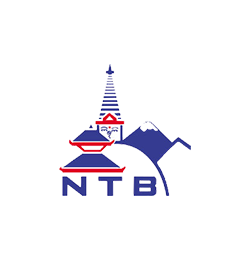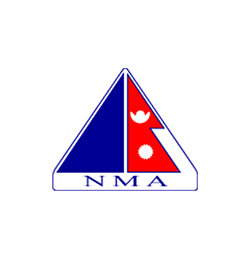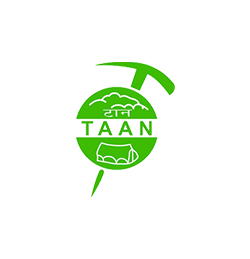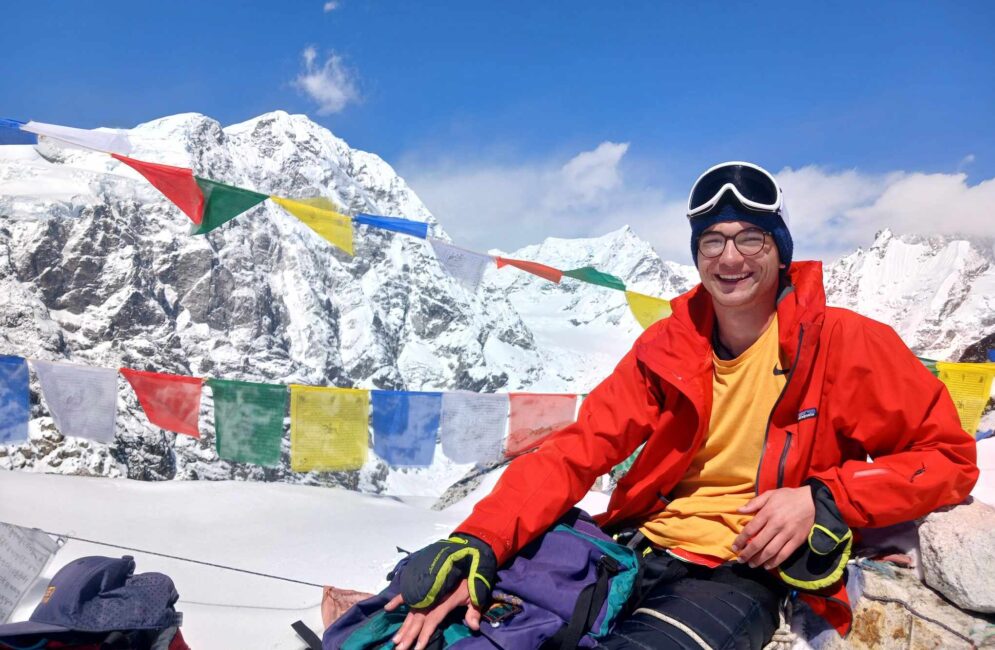
Introduction
Picture yourself at dawn, greeted by the breathtaking panorama of the Himalayas, with a steaming cup of tea in hand, preparing for the ascent ahead. Nepal is a paradise for climbers, offering everything from easy hills to the highest peaks in the world. It’s a place where both beginners and experts find their next adventure. The country’s varied landscapes make every climb unique and unforgettable.
Joining a climb in Nepal means entering a world of natural beauty, rich culture, and personal challenges. Here, you can start turning your dream of reaching the sky into reality, one step at a time.
1. Island Peak Climbing
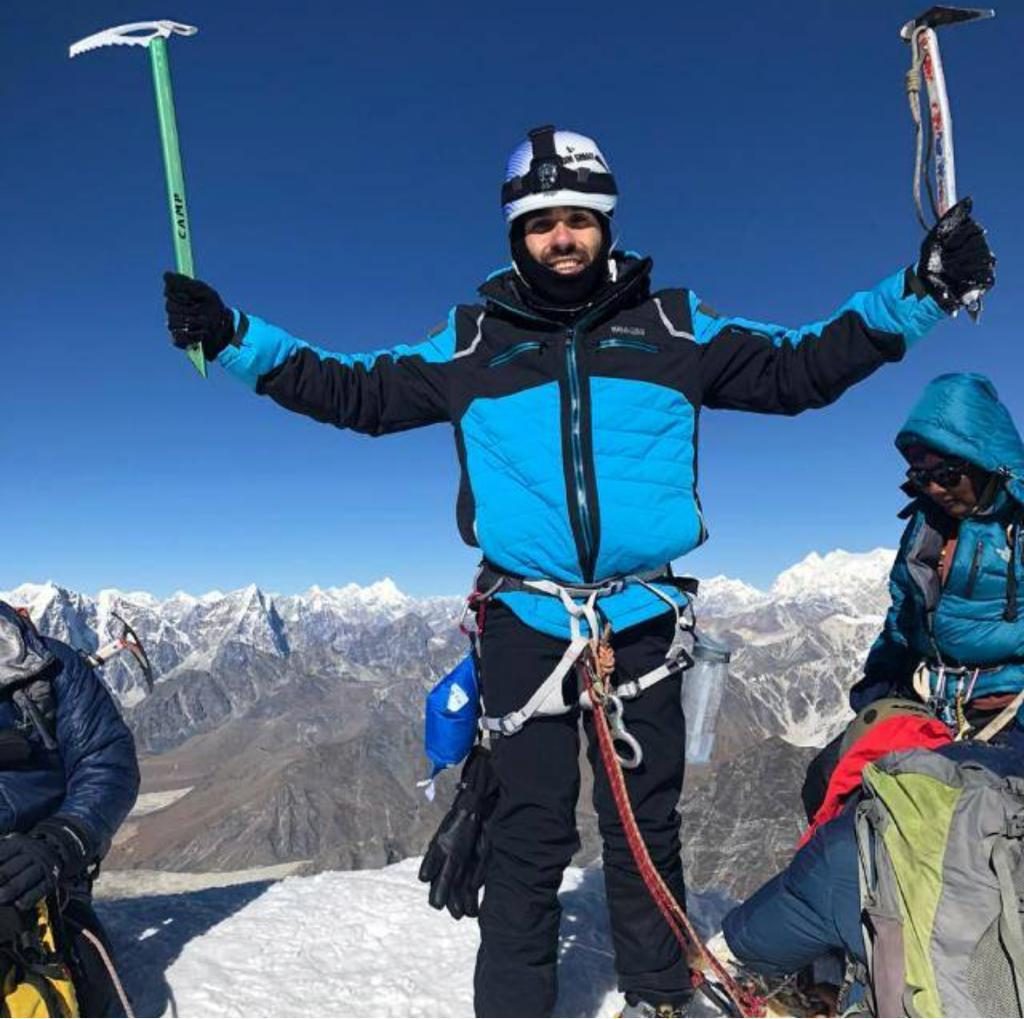
Island Peak is a great choice for climbers looking to try higher mountains. It sits in the Khumbu region of Nepal and offers stunning views of the Himalayas. The peak is 6,189 meters high and is accessible for those with some climbing skills. The journey to Island Peak lets you experience Nepal’s beautiful nature and culture. Climbing this peak is not just about reaching the top; it’s about the adventure along the way.
Island Peak gives stunning views of Everest and Lhotse. It’s great for climbers with basic skills who want to try higher peaks. The climb is a mix of physical challenge and Sherpa culture. It’s an unforgettable journey.
Best Season for Climbing Island Peak: Opt for spring (March to May) or autumn (September to November) for favorable weather.
Height of Island Peak: The peak rises to 6,189 meters.
Routes to Island Peak: Begin with a flight to Lukla and trek through the Khumbu Valley to reach the base camp.
Temperature of Island Peak: During the climbing seasons, daytime temperatures can range from 5°C to 15°C (41°F to 59°F) at higher altitudes. Nights are colder, with temperatures possibly dropping below freezing.
Climbing Experience
● Difficulty: Rated as moderate. Suitable for climbers with basic skills.
● Accommodations: Teahouses line the trekking route. Tents are used nearer the summit.
● Guide Information: A local guide is crucial. They ensure safety and enrich the journey with local lore.
Short Itinerary to Island Peak
Day 1: Land in Kathmandu.
Day 2-3: Fly to Lukla. Trek to Phakding and Namche Bazaar.
Day 4-5: Trek from Namche Bazaar to Tengboche, then Dingboche.
Day 6: Rest day in Dingboche for acclimatization.
Day 7-8: Head to Island Peak Base Camp.
Day 9: Ascend to High Camp.
Day 10: Summit Island Peak. Return to Base Camp.
Day 11-13: Trek back to Lukla.
Day 14: Fly back to Kathmandu.
2. Mera Peak
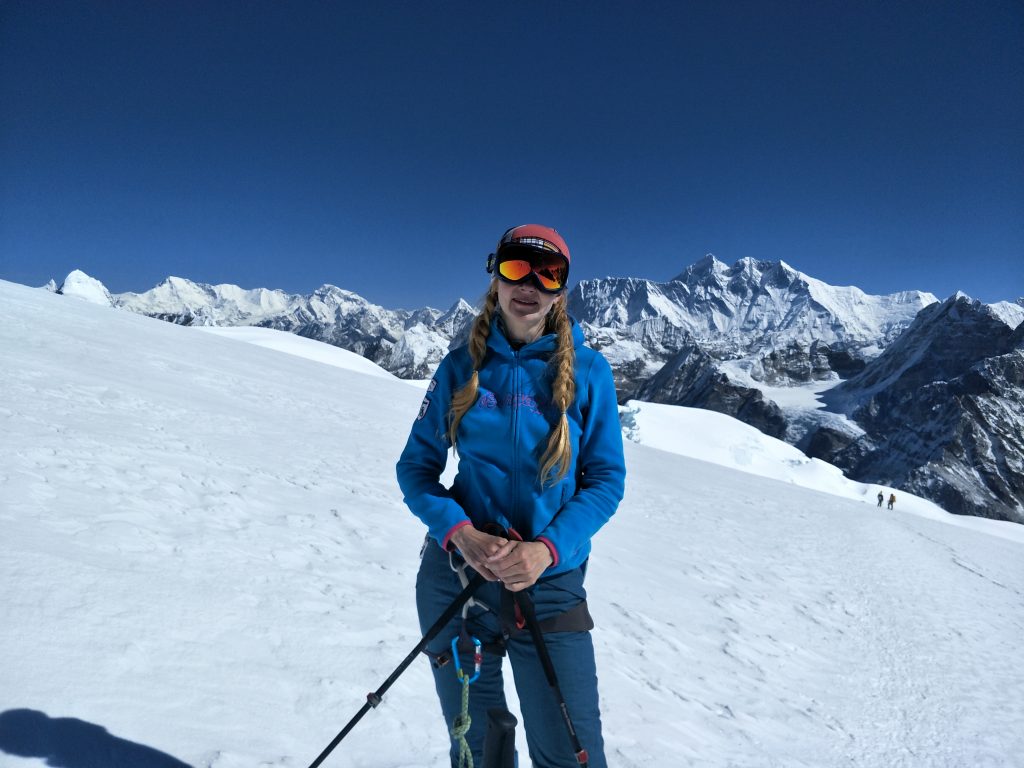
Mera Peak Climbing stands out for climbers looking to scale high peaks in Nepal. Nestled in the Hinku Valley, it rises to 6,476 meters. It’s among the tallest trekable peaks in Nepal. The Mera Peak climb offers unmatched Himalayas panoramas, including Everest, Lhotse, Cho Oyu, Makalu, and Kangchenjunga. It’s ideal for those ready to step up their mountaineering game.
This expedition is a blend of challenge and discovery. Climbers get to immerse themselves in the Sherpa culture. They experience the biodiversity that thrives at high altitudes in Nepal. Mera Peak is more than a climb. It’s a chance to witness the grandeur of the Nepal Himalayas. This peak provides a spectacular setting for peak climbing in Nepal.
Best Season for Climbing Mera Peak: Spring (March to May) and autumn (September to November) are the best climbing times for Mera Peak.
Height of Mera Peak: Mera Peak is 6,476 meters tall.
Routes to Mera Peak: The journey starts with a flight to Lukla, followed by a trek through remote valleys.
Temperature of Mera Peak: Daytime temperatures can vary from -10°C to 10°C (14°F to 50°F) at higher camps, with colder nights.
Climbing Experience
Difficulty: Considered moderately challenging. It is good for climbers who are ready for higher altitudes.
Accommodations: Mostly camping, with some teahouses at lower elevations.
Guide Information: Essential for navigation and safety. Guides provide valuable insights into the area.
Short Itinerary to Mera Peak
Day 1: Arrive in Kathmandu.
Day 2-3: Fly to Lukla, then trek to Paiya.
Day 4-6: Trek through the Hinku Valley to Khare.
Day 7: Acclimatization day in Khare.
Day 8-9: Move to Mera Base Camp, then High Camp.
Day 10: Summit day for Mera Peak. Return to High Camp.
Day 11-14: Return trek to Lukla.
Day 15: Fly back to Kathmandu.
3. Pisang Peak Climbing
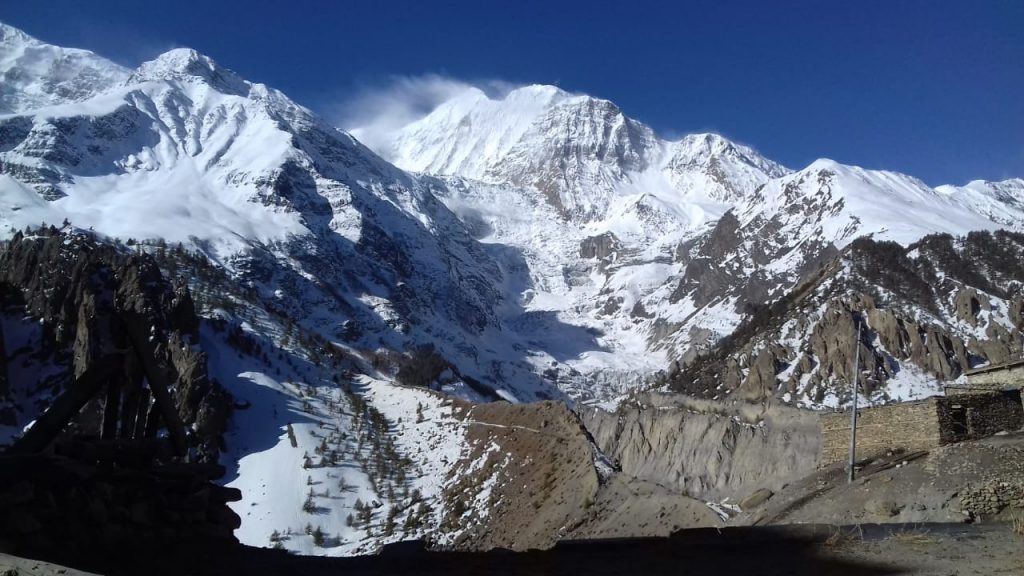
Pisang Peak climbing offers an exciting challenge for those exploring peak climbing in Nepal. Positioned in the Annapurna region, it stands at 6,091 meters. The peak is known for its scenic beauty and accessible climbing routes.
The views of the Annapurna range from Pisang are breathtaking, including Annapurna II, Annapurna III, Gangapurna, and the unique pyramid shape of Machhapuchhre (Fishtail Mountain). Climbing Pisang Peak is not just a physical challenge. It’s also about enjoying the stunning landscapes and local culture, along with the impressive vistas of other majestic peaks that adorn the Himalayan skyline.
Best Season for Pisang Peak Climbing: The ideal months are spring (March to May) and autumn (September to November).
Height of Pisang Peak: Pisang Peak reaches up to 6,091 meters.
Routes to Pisang Peak: The adventure begins with a drive to Dharapani and a trek through the Marsyangdi Valley.
Temperature of Pisang Peak: Expect daytime temperatures to range from -5°C to 15°C (23°F to 59°F) at higher elevations, with colder nights.
Climbing Experience
● Difficulty: Rated as moderate. It suits those with basic alpine skills and looking to push their limits.
● Accommodations: The trek includes stays in local teahouses, with tented camps closer to the summit.
● Guide Information: A guide is vital for success. They help route navigation and enhance the journey with insights into local customs.
Short Itinerary to Pisang Peak:
Day 1: Arrival in Kathmandu.
Day 2: Drive to Dharapani.
Day 3-4: Trek to Chame, then Pisang village.
Day 5: Acclimatize in Upper Pisang.
Day 6-7: Trek to Pisang Peak Base Camp, then High Camp.
Day 8: Summit attempt on Pisang Peak. Return to Base Camp.
Day 9-11: Trek back to Pisang village and drive to Kathmandu.
Day 12: Depart Kathmandu.
4. Lobuche Peak Climbing
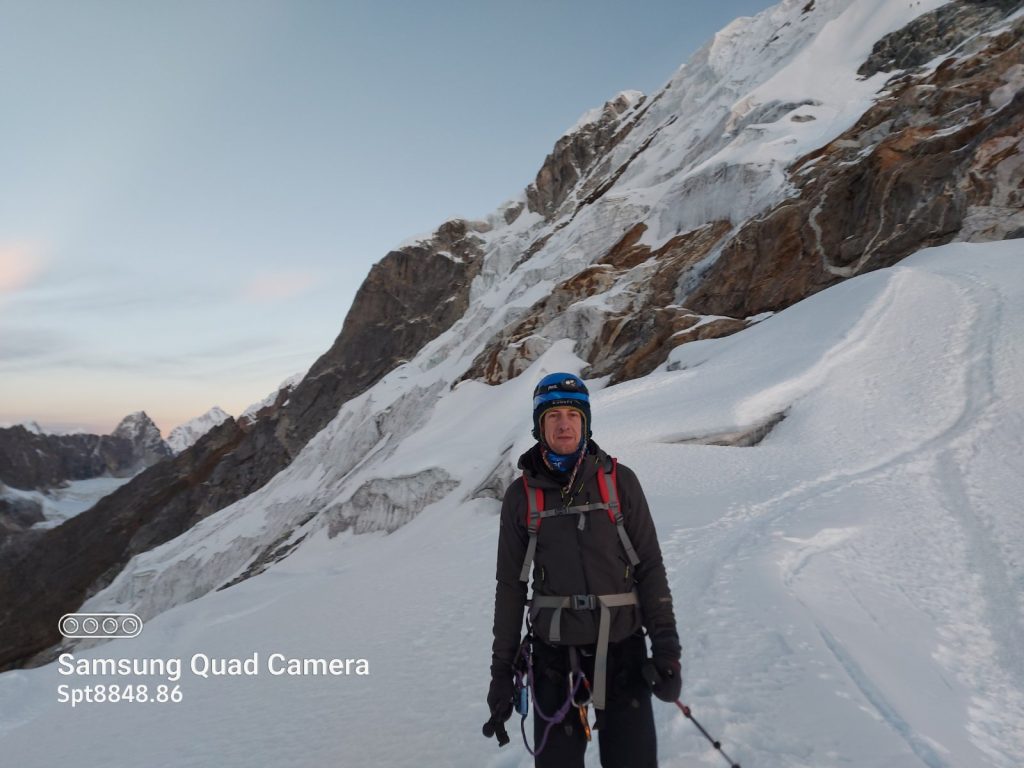
Lobuche Peak is a prominent challenge for those passionate about climbing in Nepal. It has two main summits near the Khumbu Glacier: Lobuche East (6,119 meters) and Lobuche West (6,145 meters). It’s a favored destination for climbers to experience the Himalayas’ thrill before tackling Everest. The ascent of Lobuche offers awe-inspiring views of Everest, Lhotse, Nuptse, and Pumori, making it a memorable climb.
Best Season for Lobuche Peak Climbing: The best times for climbing are spring (March to May) and autumn (September to November).
Height of Lobuche Peak: Lobuche East is 6,119 meters, and Lobuche West is 6,145 meters tall.
Routes to Lobuche Peak: Climbers typically start with a flight to Lukla, followed by a trek through the Everest Base Camp trail before diverging towards the Lobuche base camp.
Temperature of Lobuche Peak: Temperatures can range from -12°C to 10°C (10°F to 50°F) during the climbing seasons, with colder conditions at higher altitudes.
Climbing Experience
● Difficulty: Lobuche is considered a moderately difficult climb. It is suitable for those with some technical climbing experience.
● Accommodations: The trek involves staying in teahouses and camping near the summit.
● Guide Information: Guides are crucial for ensuring safety and providing insight into the region’s geography and culture.
Short Itinerary to Lobuche Peak:
Day 1: Arrive in Kathmandu.
Day 2-3: Fly to Lukla, trek to Phakding, then Namche Bazaar.
Day 4-5: Acclimatize to Namche Bazaar and trek to Tengboche and Dingboche.
Day 6: Another day for acclimatization in Dingboche.
Day 7-8: Trek to Lobuche base camp and prepare for the climb.
Day 9: Ascent to High Camp.
Day 10: Summit Lobuche Peak. Return to base camp.
Day 11-13: Trek back to Lukla via Pheriche and Namche Bazaar.
Day 14: Fly back to Kathmandu.
5. Yala Peak
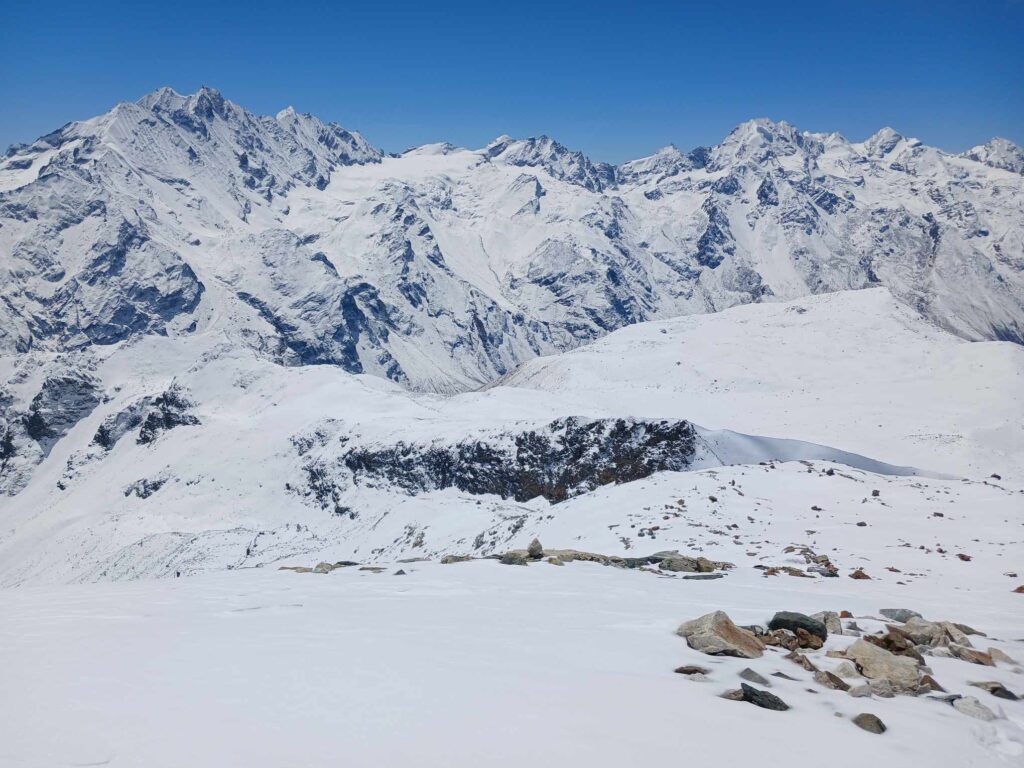
Yala Peak climbing is a fantastic choice for those venturing into climbing a beginner-friendly peak in Nepal. It is located in the Langtang region and stands at an accessible height of 5,520 meters. The peak is favored for its less technical climb and spectacular views. Climbers at the summit of Yala Peak are rewarded with views of Langtang Lirung, Dorje Lakpa, and Shishapangma in Tibet.
The journey to Yala Peak is as enriching as the climb itself. It’s a path through vibrant forests, traditional villages, and the unique culture of the Tamang people. It’s an excellent introduction to Himalayan climbing, providing a taste of high-altitude adventure without the extreme challenges of higher peaks in Nepal.
Best Season to Climb Yala Peak: Climbing is best in spring (March to May) and autumn (September to November).
Height of Yala Peak: Yala Peak reaches 5,520 meters.
Routes to Yala Peak: The adventure begins in Syabrubesi, followed by a trek through the beautiful Langtang Valley.
Temperature of Yala Peak: Temperatures range from -5°C to 15°C (23°F to 59°F) during the day, with colder nights.
Climbing Experience
● Difficulty: Rated as easy to moderate. It’s a great peak for beginners.
● Accommodations: Trekkers stay in local lodges and teahouses and camp near the summit.
● Guide Information: A guide is vital for safety, navigation, and cultural insights.
Short Itinerary to Yala Peak:
Day 1: Land in Kathmandu.
Day 2: Drive to Syabrubesi.
Day 3-5: Trek through Langtang Valley to Kyanjin Gompa.
Day 6: Acclimatization day around Kyanjin Gompa.
Day 7-8: Trek to Yala Peak Base Camp, then attempt the summit.
Day 9-10: Descend to Kyanjin Gompa and begin the trek back.
Day 11-12: Trek to Syabrubesi.
Day 13: Return to Kathmandu.
6. Chulu East Peak Climbing
Chulu East Peak, nestled in the Annapurna region, presents an enticing opportunity for climbers seeking peak climbing in Nepal. At an elevation of 6,584 meters, it is a notable challenge that attracts adventurers looking to push their limits.
The summit offers panoramic views of the Annapurna range, including Annapurna II, III, IV, Gangapurna, and the majestic Dhaulagiri. Climbers experience the warmth of the Gurung and Manangi communities, making the climb a profound journey of discovery beyond the physical ascent.
Best Season to Climb Chulu East: The ideal seasons are spring (March to May) and autumn (September to November).
Height of Chulu East: Chulu East Peak is 6,584 meters tall.
Routes to Chulu East: The climb typically begins with a trek through the Marsyangdi Valley, allowing climbers to acclimatize and enjoy the area’s natural beauty.
Temperature of Chulu East: Expect daytime temperatures to range from -10°C to 5°C (14°F to 41°F) in the climbing seasons, with nights being significantly colder.
Climbing Experience
● Difficulty: This peak is considered challenging due to its technical routes. It’s suitable for experienced climbers.
● Accommodations: The journey involves staying in local lodges and camping in more remote areas as you approach the summit.
● Guide Information: Besides offering insights into the local environment and culture, expert guidance is crucial for successful navigation and safety.
Short Itinerary to Chulu West Peak climbing
Day 1: Arrival in Kathmandu.
Day 2: Drive to Chame.
Day 3-5: Trek through the Marsyangdi Valley, visiting Dharapani and Chame.
Day 6: Acclimatization day in Manang.
Day 7-8: Trek to Chulu East Base Camp and prepare for the climb.
Day 9: Move to High Camp.
Day 10: Summit attempt on Chulu East Peak. Return to Base Camp.
Day 11-13: Descend to Manang and continue to Chame.
Day 14: Drive back to Kathmandu.
Summary
A unique mix of rewards and challenges awaits travelers who explore climbing in Nepal. Peaks like Pokalde and Yala are within reach, while Mera and Chulu East pose greater challenges. Climbing here goes beyond the physical. It’s about engaging with Nepal’s culture and the Himalayas’ beauty. Beginners and experienced climbers alike find unmatched climbing opportunities. With the right permits and guides, Nepal’s mountains symbolize adventure. Each climb is a personal victory and a chance to connect deeply with nature.
Ready to start your climbing adventure? Learn more about the permits required for peak climbing in Nepal here.
For a guided experience that combines safety with a deep dive into local culture, visit us. Here, you’ll find comprehensive details about various climbs. Share this information with friends and family who are also planning their trekking adventures.
Frequently Asked Questions
What permits are required for peak climbing in Nepal?
To climb peaks in Nepal, climbers need a TIMS card, a climbing permit from the Nepal Mountaineering Association, and a national park entry permit, if applicable. These permits ensure climbers’ safety and contribute to the conservation efforts of the climbing areas.
Which is the best 6000m peak to climb in Nepal?
Island Peak is the best 6000m peak for climbing in Nepal. It offers a challenging yet achievable climb for those with some mountaineering experience, providing stunning views of the Himalayas.
Among several peaks in Nepal, which peak is easiest to climb?
Pokalde Peak is considered one of the easiest peaks to climb in Nepal. It’s a popular choice for beginners looking to experience high-altitude climbing without the technical challenges of higher peaks.
Which is the easiest 7000m peak in Nepal?
The easiest 7000m peak in Nepal is often called Himlung Himal. It’s known for its non-technical ascent and has become a favorite among climbers looking to experience extreme altitudes more safely.
Can solo travelers climb different peaks in Nepal?
Solo travelers can climb peaks in Nepal, but hiring a guide for safety is highly recommended. Nepal’s government mandates that climbers hire a local guide or porter for certain peaks to ensure climbers’ safety and support local employment.
How many peaks are there in Nepal?
Nepal is home to more than 1,300 peaks over 6000 meters, including 8 of the world’s 14 highest peaks above 8000 meters. This diverse range of mountains makes Nepal a premier destination for climbers and trekkers worldwide.

